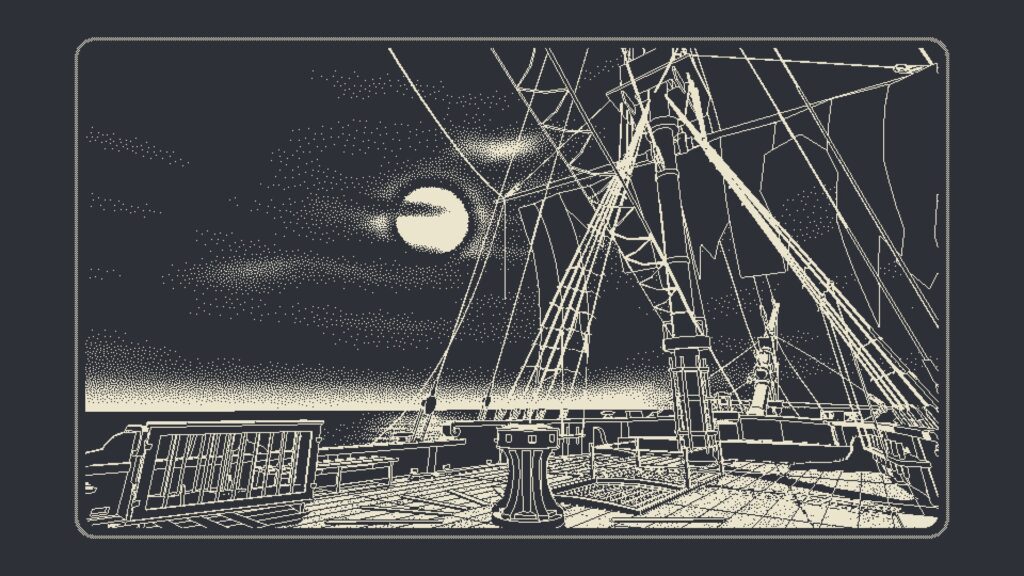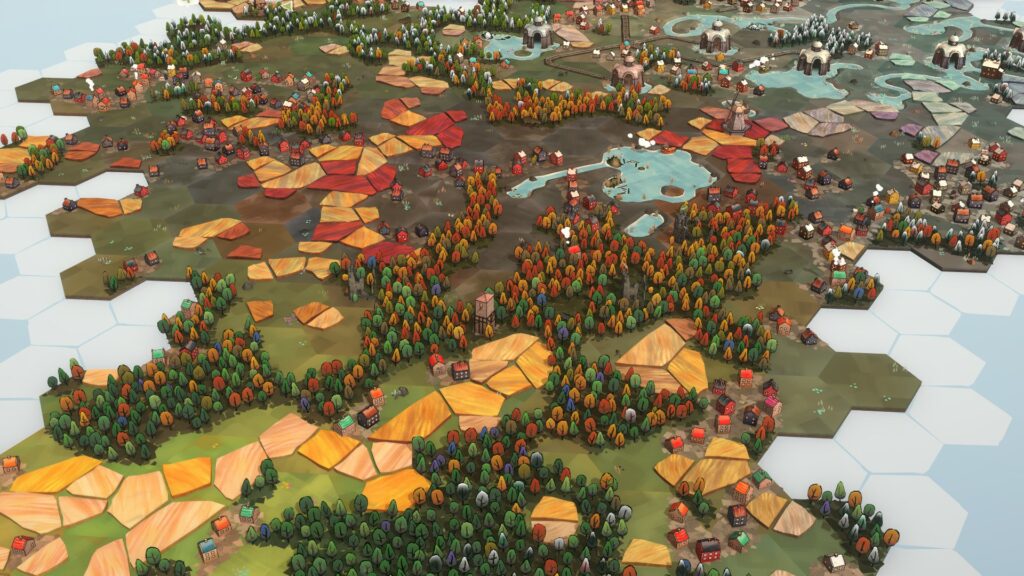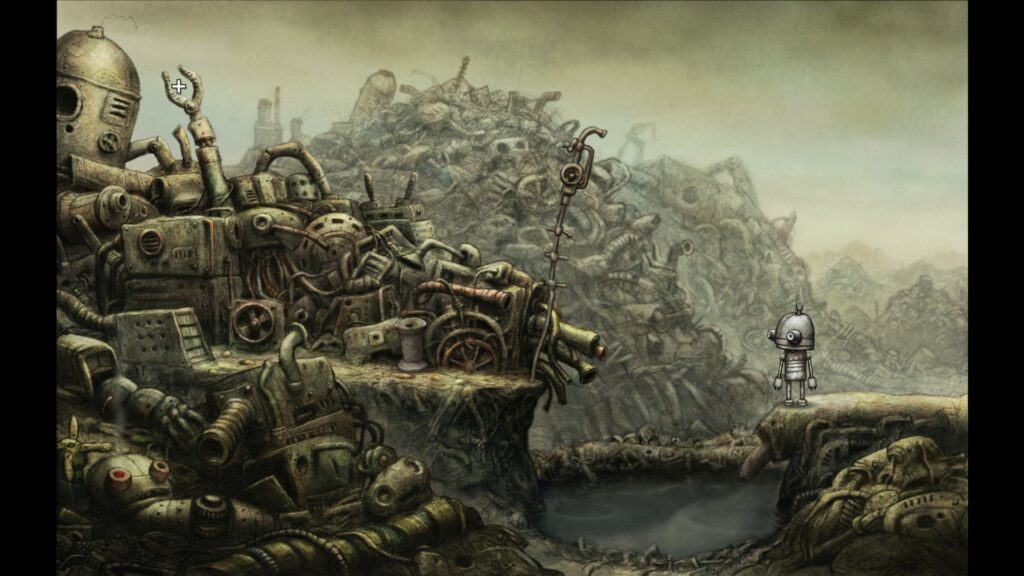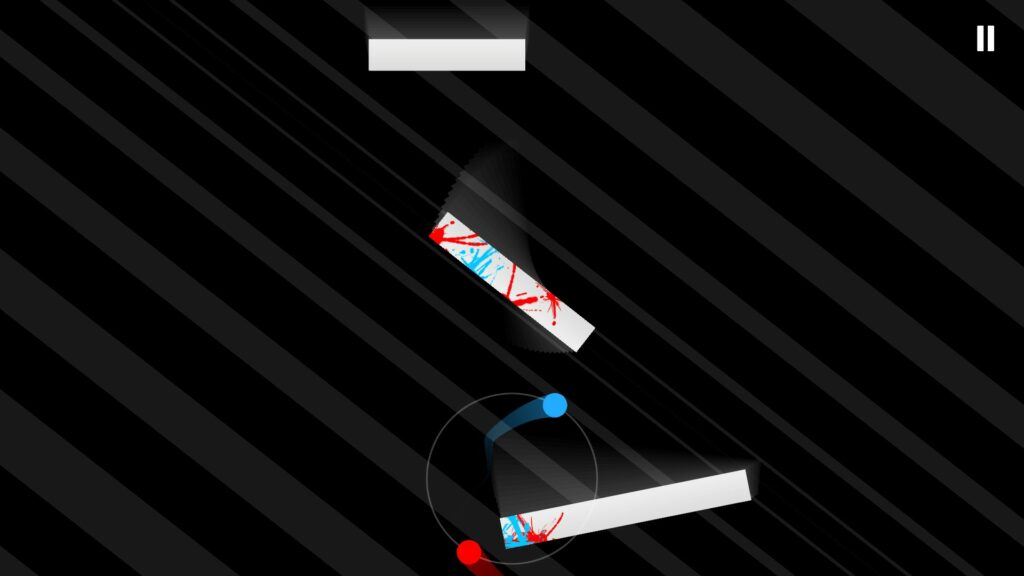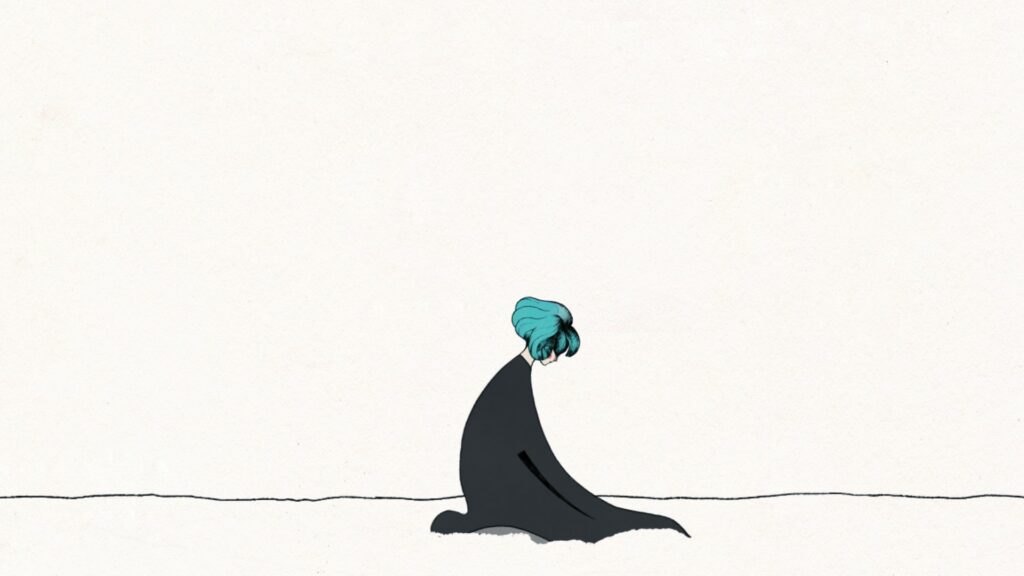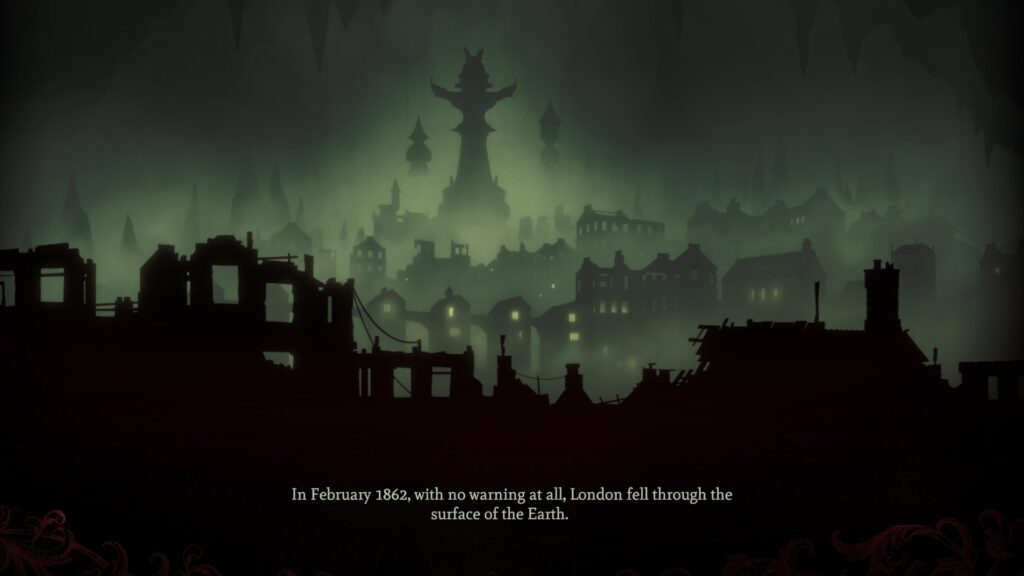
“In February 1862, with no warning at all, London fell through the surface of the Earth.” – That is the beginning of the story that that contains Mask of the Rose. It takes place about a year after that historic event, when the Londoners were still trying to understand what was going on, why the dead didn’t stay dead, why the rats were talking, what the devils were doing, and what all the tentacles were about. It can be seen as a bit of a prequel to Sunless Sea and Sunless Skies, taking place many years later in the same universe.
The game itself is a visual novel, with a bit of dating simulator which also turns into a bit of a murder mystery. This means that Mask of the Rose suffers a bit from an identity problem: it is not really a solid game. The writing is delicious, the characters are deeply interesting, and the way the murder investigation is performed is creative but the qualities as a game is rather lacking. It is ambitious and I certainly recommend it for the atmosphere and the imagination, but not everyone will like it as the game it actually is.
